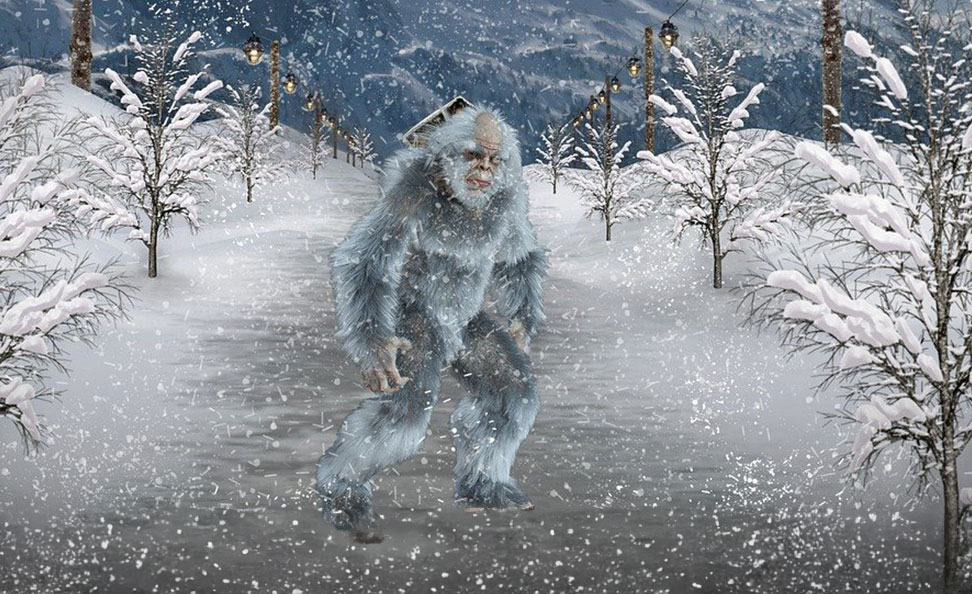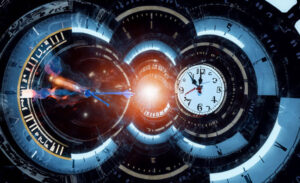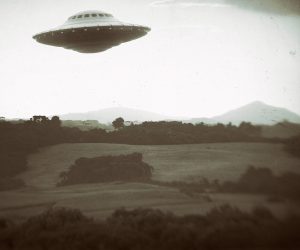The universe is an ever-mysterious and expansive place, with much of its composition still unknown to us. In recent years, two mysterious phenomena have been discovered that make up most of our universe: dark matter and dark energy. In this article, we will explore the history behind these discoveries, what they are composed of, their current theories on origin and evolution in our universe, as well as their implications for future research.
By understanding more about these enigmatic forces that make up the majority of our universe, we can gain a better insight into how it works and functions.
Definition of Dark Matter and Dark Energy
Dark matter and dark energy are two mysterious, yet important, components of our universe. Dark matter makes up about 27% of our universe, while dark energy makes up a whopping 68%. The rest is made up of normal matter, like that which can be seen with optical telescopes and microscopes.
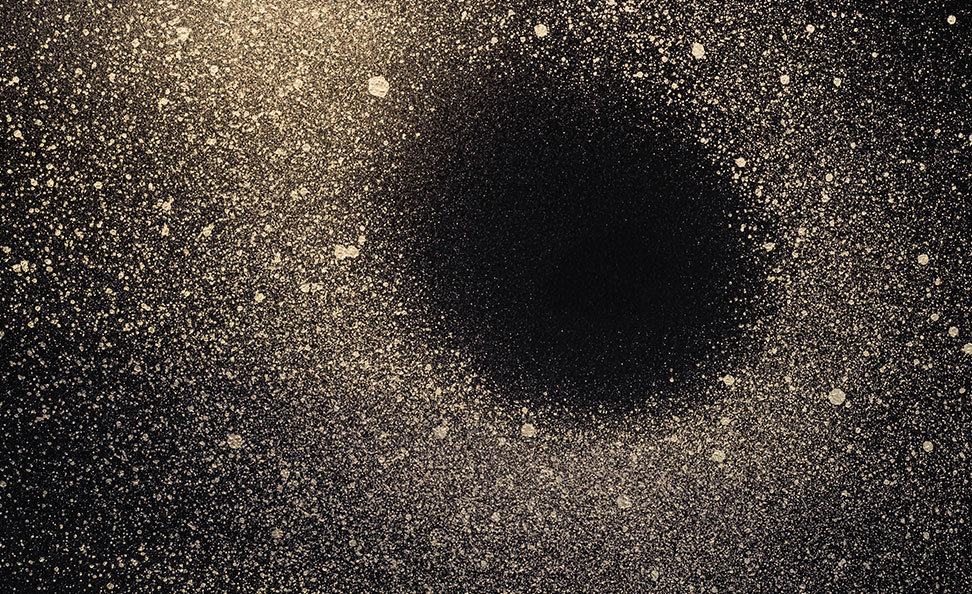
Dark matter is matter that cannot be seen with telescopes or microscopes. It can only be detected via its gravitational force, as it does not interact or reflect light. Dark energy is an even more mysterious phenomenon, as it is a repulsive force that is thought to be responsible for the accelerating expansion of our universe.
History of discoveries leading to dark matter theory
One of the earliest indications that there may be a large amount of unseen matter in the universe came in 1933 when Swiss astronomer Fritz Zwicky noticed that the galaxies in a certain cluster were moving too fast given their collective mass as estimated from their brightness. This was the first instance of what came to be called “the missing mass problem”.
About 30 years later, another astronomer, Vera Rubin, noticed that the stars at the periphery of spiral galaxies like our own Milky Way move far too slowly given their immense masses, unless there were vast amounts of invisible matter extending far beyond the visible stars and clusters.
Current theories on the origin, evolution, and distribution of dark matter in the universe
There are a few theories on how dark matter came to exist. The leading theory is that dark matter is made up of particles that were also produced during the Big Bang. These particles were created shortly after the Big Bang, and they are called “cold” dark matter. The other theory is that dark matter is made up of “warm” dark matter that was created later on in the evolution of our universe. Based on current observations, dark matter exists in clumps of different sizes – ranging from tiny pieces to many-million-galaxy-sized superclusters.
The distribution of dark matter has been calculated based on gravitational lensing techniques, where light from faraway galaxies is distorted due to the gravitational pull of dark matter.
History behind discovery and development of dark energy theory
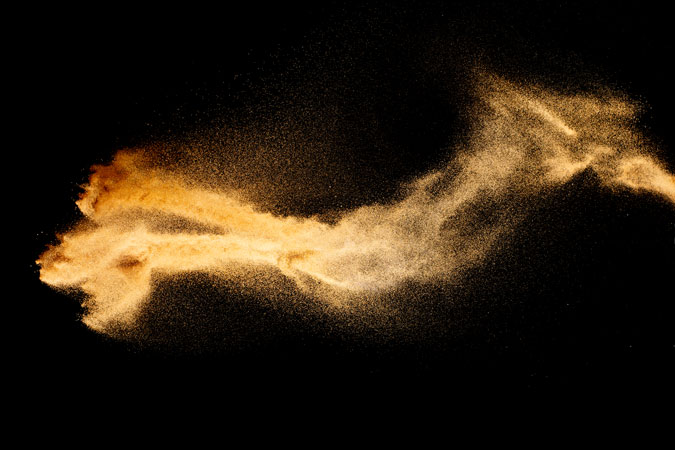
In the 1990s and early 2000s, astrophysicists discovered something strange. Stars at the edge of the universe were moving away from us faster and faster the further away they were. This meant that the universe was expanding at an ever-faster rate. The discovery of dark energy is often credited to Adam G. Riess, who was one of three researchers who received the Nobel prize in physics in 2011 for their discovery. The discovery of dark energy is to some extent an even greater mystery than the discovery of dark matter.
Current theories on how much dark energy makes up our universe
Dark energy is a fascinating phenomenon that could potentially be one of the most important discoveries of our time. But how much it makes up our universe is still largely a mystery. Current estimates put it at 68% of our universe, though these numbers are constantly evolving as new information emerges.
The latest research suggests that dark energy could be a property of space itself. While this may sound odd, the idea is that space has a certain amount of “energy” that can be changed. When this happens, the size of space changes, thereby accelerating the expansion of the universe.
The implications of this research are huge, as it could lead to a better understanding of how our universe works. This could potentially help us answer questions about the beginning of the universe, the evolution of different galaxies, as well as how the universe will evolve in the long term. It could also provide insight into how other universes might be structured.
Mystical Finale
The composition of the universe is an ever-evolving mystery. With each new discovery, we are one step closer to understanding how it works. Dark matter and dark energy are two of the most mysterious phenomena ever discovered in the cosmos. Current research suggests that both may be properties of space itself, meaning that they could have been present since the very beginning of the universe.
While the exact nature of these phenomena is still hotly debated, there are plenty of theories that attempt to explain their existence.
There is still so much left to discover about the universe around us, and it is only through research and discovery that we can hope to fully understand it.


